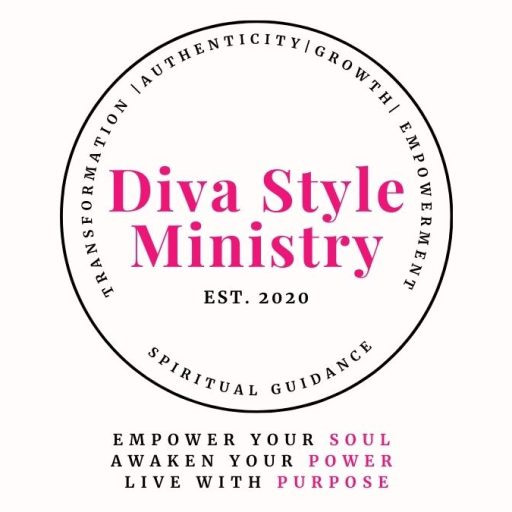🔥 Bold Insights for an Authentic Life
At SoulScript, we support women 45+ in breaking through self-doubt and stepping boldly into lives rooted in confidence, courage, and spiritual wholeness. Each blog post offers guidance, reflection, and powerful tools to help you align with your deepest values and live with unapologetic authenticity.
Keep reading to find out more about this calming, centering practice to quiet your Mind and Nourish your Soul – much needed respite for our increasingly busy and overstimulated world.
When most people picture meditation, they imagine sitting quietly, legs crossed, breathing in silence while trying to “empty” the mind. But for many of us, this can feel more frustrating than freeing—especially when racing thoughts refuse to be still.
That’s where mantra meditation can offer a beautiful and effective alternative. Rather than relying on silence alone, mantra meditation gives the mind something sacred to focus on—a rhythmic sound, word, or phrase that grounds your energy and redirects your thoughts toward peace, intention, and healing.
This isn’t just ancient tradition—it’s a modern practice with deep roots in science, spirituality, and self-care.
Let’s explore what mantra meditation is, how it works, why it helps, and how you can begin using it to anchor yourself in calm and clarity.
What Is Mantra Meditation?
Mantra meditation is a form of meditative practice that centers on the repetition of a word or phrase. Unlike silent or breath-based meditation, mantra meditation engages the voice or mind to repeat a chosen mantra—out loud, whispered, or silently within.
The mantra may be spiritual in nature (“Om,” “So Hum,” or “Aham Prema”), affirmational (“I am enough,” “I am love,”), or entirely personal. The point isn’t the language—it’s the focus and vibration created through repetition.
According to the EOC Institute, the combination of rhythm, sound, and intention in mantra meditation produces deep relaxation and increased mental clarity. It creates a kind of internal harmony that’s hard to achieve through silence alone—especially if your mind tends to wander or overthink.
How Mantra Meditation Works
Have you ever laid awake at night with a mind that won’t stop spinning? That’s the same challenge many people face during silent meditation—the mind fills the stillness with worry, stress, or self-judgment.
Mantra meditation replaces that mental noise with something soothing and intentional.
Here’s how it typically works:
- Sit comfortably and breathe deeply to settle in.
- Choose your mantra—something meaningful, calming, or spiritually resonant.
- Begin to repeat the mantra gently and rhythmically, aligning it with your breath or simply letting it flow.
- When your mind wanders (as it will), gently return to the mantra. No shame, no judgment—just return.
The sound and repetition act as a spiritual anchor, guiding you back to stillness each time your thoughts drift.
You’re not forcing your mind to be empty—you’re giving it something beautiful to hold.
The Benefits of Mantra Meditation
This simple but powerful practice has been shown to support physical, emotional, and spiritual wellbeing.
According to the EOC Institute, benefits include:
- Lowering blood pressure and heart rate
- Stimulating the release of endorphins
- Increasing mental energy and focus
- Enhancing alpha brain wave activity (associated with relaxation)
- Reducing anxiety and quieting intrusive thoughts
- Encouraging positive thinking and emotional regulation
More than just a tool for peace, mantra meditation can also build the resilience and motivation needed to support healthy habits, better relationships, and more focused daily living.
When you begin your day anchored in a healing mantra, you’re more likely to respond with grace instead of reactivity, to act with clarity instead of confusion.
Choosing the Right Mantra
There’s no single “perfect” mantra. The best one is the one that resonates with you—the one that meets you where you are and supports the healing or transformation you seek.
Here are a few questions to guide your choice:
- What do I need more of right now—peace, courage, self-love, trust?
- What emotion or belief do I want to cultivate?
- Do I connect more with spiritual or secular language?
Simple affirmation-based mantras might include:
- “I am grounded in peace.”
- “I am worthy and whole.”
- “Love flows through me.”
- “I trust my journey.”
Classical mantras might include:
- “So Hum” (I am that)
- “Aham Prema” (I am divine love)
- “Om Shanti” (peace)
- “Sat Nam” (truth is my identity)
You may find it helpful to explore different mantras until one feels “right.” When you say it or hear it, your body may soften, your spirit may respond—that’s your cue.
A Gentle Place to Begin
You don’t need a special cushion, candle, or studio to practice mantra meditation. You just need a few quiet minutes and a willingness to be present with yourself.
Try this simple practice:
- Sit comfortably with your spine tall and shoulders soft.
- Close your eyes and take three grounding breaths.
- Begin repeating your mantra silently or softly aloud.
- Let the sound, rhythm, and vibration wash over you.
- When your mind drifts, gently return to the mantra.
Start with five minutes and extend as you feel ready. You can also use your mantra throughout the day as a reset during moments of stress or overwhelm.
Final Thoughts: A Practice for Every Soul
Mantra meditation is not reserved for monks or mystics. It’s for anyone seeking inner peace, deeper focus, and a more rooted relationship with themselves and their spiritual path.
In a world full of noise, a mantra is your soul’s quiet rhythm—a heartbeat of calm, a reminder of truth, and a gentle call back to who you really are.
Try it. Feel it. Let it guide you.
Related Reads:
Elevate Your Mindset & Confidence
Keep going! These insightful reads will help deepen self-awareness, build confidence,
and inspire you as you progress toward your best, most authentic self.






